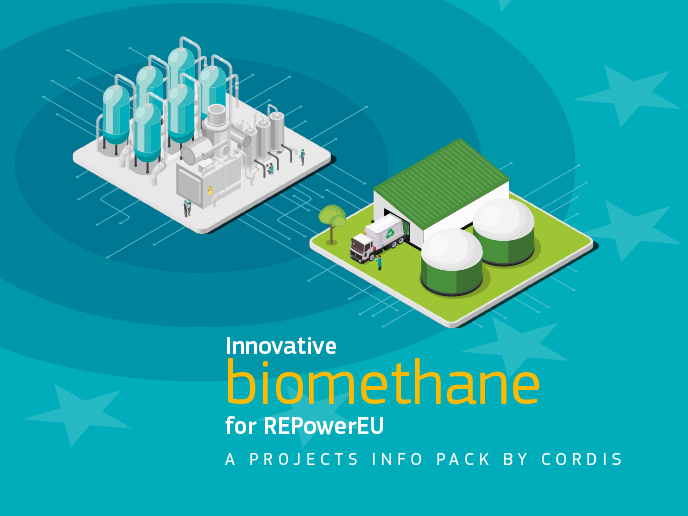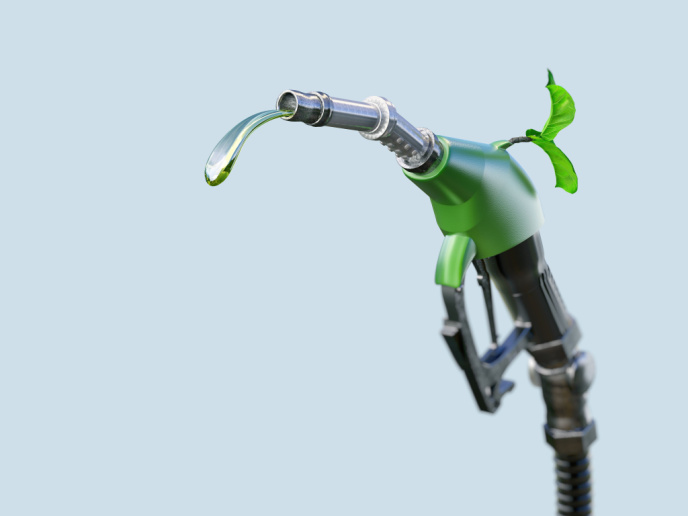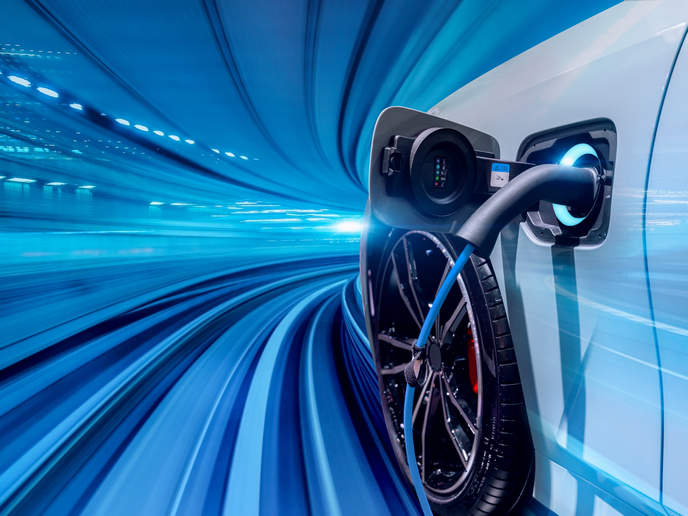Understanding droplet wall model interactions in engines
In terms of fuel efficiency and carbon dioxide emissions, Direct Injection Spark Ignited (DISI) engines are superior to any other combustion engines. However, these types of engines require a radical approach regarding their design, and one such approach focused on the problems associated with wall impingements caused by spray or droplets. Pools of un-burnt fuel and wall films that are formed by the spray or droplets cause hydrocarbon emissions. In response to this problem CFD codes that employ Eulerian-Lagrangian methods were used to simulate appropriate droplet wall interaction models. covering the entire range of conditions present during operation of DISI engines. The Eulerian-Lagrangian methods track the trajectory of the single spray droplets until they evaporated, left the simulation domain or impinged on a wall boundary. Thereby, impingements were recorded and correlated to the pre and post impingement conditions of droplets and secondary droplets respectively. As a result of this project, a model for droplet rebound was derived from the experimental data in the Droplet-Wall interaction phenomena of relevance to Direct Injection gasoline Engines (DWDIE) project. In addition, other new models that are also based on the DWDIE project and its literature have also been developed, which account for spray break up. The above developments have now provided a greater understanding of the physical processes present in droplet wall impingement and have thus led to the creation of a new database. Whilst the model development is partially completed, the experiments are continuing so that a general statistical model will eventually be built for single and multiple droplet wall interactions.







